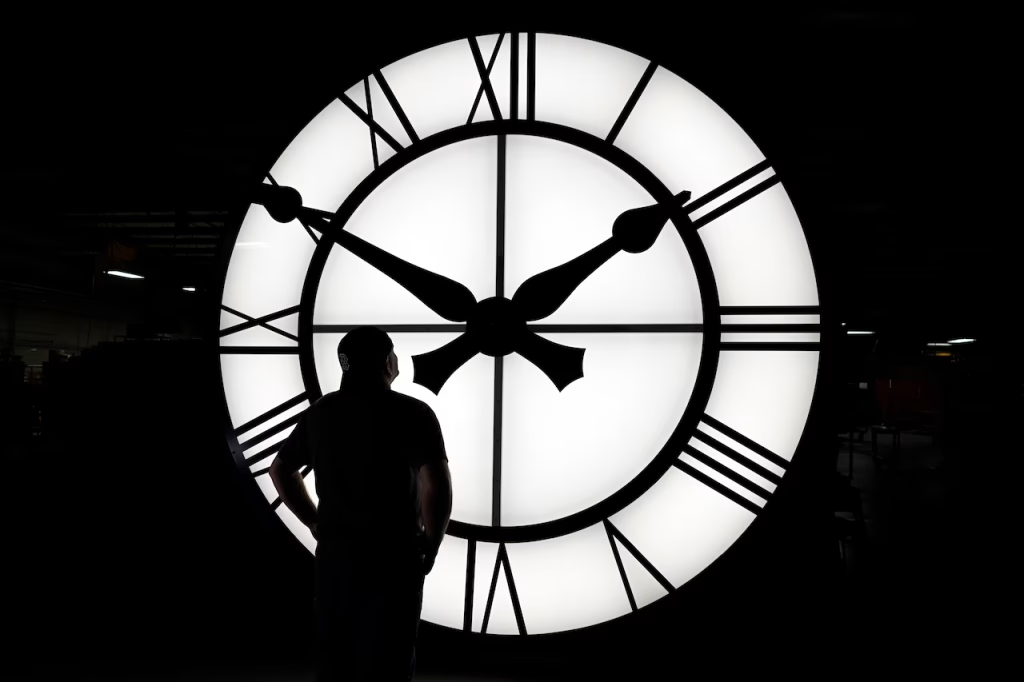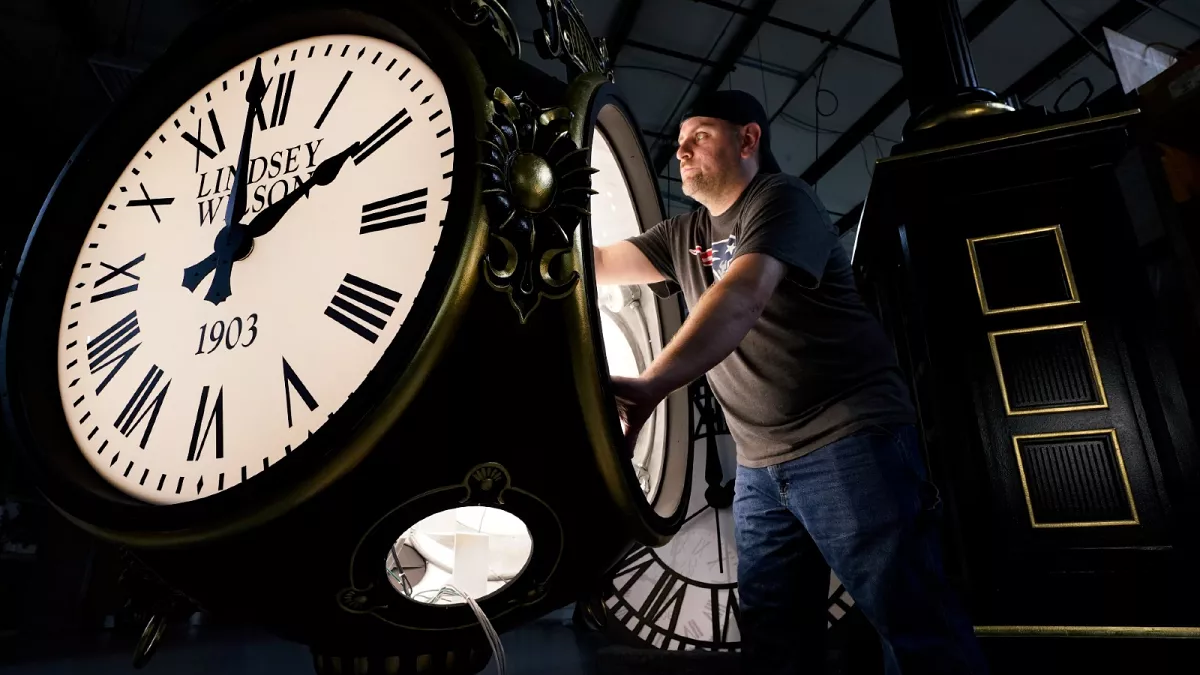US President Donald Trump has reignited his campaign to end America’s seasonal clock changes, calling for permanent Daylight Saving Time and criticising the twice-yearly shift as costly and outdated.
In a post on his Truth Social platform on Friday, the former president urged lawmakers to “push hard for more Daylight at the end of a day”, saying the twice-yearly clock change was not only unpopular but also came with financial implications.
“Very popular and, most importantly, no more changing of the clocks, a big inconvenience and, for our government, A VERY COSTLY EVENT!!!” he wrote.
Daylight Saving Time (DST), the system of setting clocks forward during the warmer months to make better use of natural daylight, was originally introduced during World War I. However, it was short-lived due to resistance from farmers who were hindered in bringing produce to early markets. It wasn’t until 1967 that DST was reinstated nationwide.
Trump has taken a personal interest in the issue, occasionally mixing up the details. In December, he pledged to help eliminate DST, calling it unnecessary, but this latest statement suggests support for making it permanent — a contradiction that has confused some observers.

In 2022, the US Senate, then controlled by Democrats, passed the Sunshine Protection Act, which proposed adopting DST as the permanent time standard across the country. The goal was to ensure brighter evenings and reduce the number of school children and office workers returning home in darkness. However, the bill stalled in the Republican-led House and never reached President Joe Biden’s desk.
Originally introduced in 2021 by Republican Senator Marco Rubio — now serving as Trump’s secretary of state — the legislation cited studies suggesting that permanent DST could boost economic activity, and even reduce road accidents and heart attacks which reportedly rise during the clock-change period.
Should such a change be implemented, Americans would no longer have to “spring forward” in March and “fall back” in November, a routine that has become a cultural fixture.
Support for making DST permanent is particularly strong in the northeastern United States, where early winter mornings are often bitterly cold and dark.
However, any national reform would not affect regions that already opt out of DST — including Hawaii, most of Arizona, the Navajo Nation, American Samoa, Guam, the Northern Mariana Islands, Puerto Rico, and the US Virgin Islands.


 Trending
Trending 